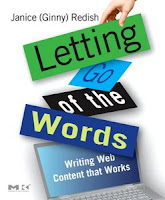Usability.gov is a one-stop source for government web designers to learn how to make websites more usable, useful, and accessible. The site addresses a broad range of factors that go into web design and development.
Usability.gov - learn how to make websites more usable
Before you embark on any significant usability testing, check your site or application against the recommendations covered here. This document (pdf'ed by chapter) may save you time and effort.
Throughout your Web design or redesign project, you should take advantage of what is already known about best practices for each step of the process. The Research-Based Web Design and Usability Guidelines, compiled through an extensive process of research and review, bring you those best practices.Research-based usability guidelines from usability.gov
